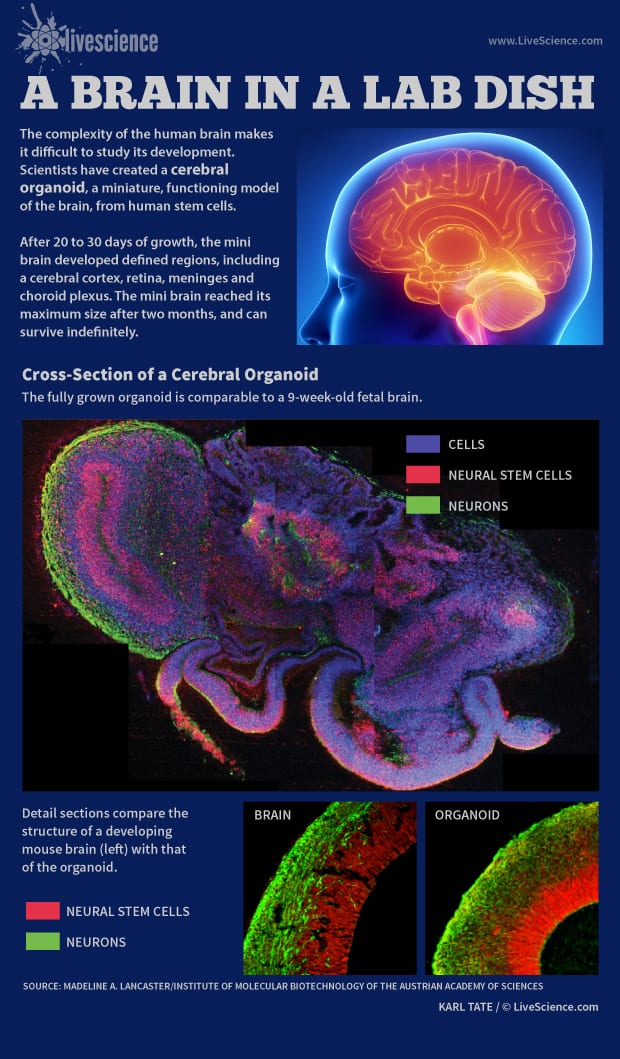Question of the Week: How do dogs recognise other dogs?
By Cerys R Jones, on 30 April 2019
From Great Danes and Dogue de Bordeauxs to miniature Dachshunds and Chihuahuas, man’s best friend comes in a variety of shapes and sizes, so how can they recognise fellow dogs even when they all look so different?

Dogs come in a variety of different shapes and sizes, featuring Jess the black Labrador, Jewell the miniature Dachshund, Percy the Bichon Frise, Luna the Dogue de Bordeaux, Scratch the Jack Russell Terrier, and Spud the mixed-breed. (Engager’s own photos)
The Kennel Club recognises 211 different breeds of dogs but with different coats and mixed-breeds, there are by no means 211 dog-shaped moulds. Despite this, your dog can decipher between a Bichon Frise and a lamb instantly. This is in part due to their impressive sense of smell which they use to smell the hormones secreted by other dogs. Not only do they have a large nose cavity, which contains a folded surface covered by the sensing organ that is up to 23 times larger than in humans, they also have a vomeronasal organ in the roof of their mouth for detecting smells [1]. This means dogs can smell up to 10,000 times better than humans [1].
Dogs’ ability to recognise different chemicals through their sense of smell has been used by humans to sniff out drugs, explosives and even illnesses such as cancer and diabetes. But is this the only sense dogs rely on to recognise other canines? A study from 2013 tested nine dogs’ ability to correctly identify other dogs from pictures [2]. The dogs were shown two images: one of a dog (from a set of 3000 pictures of different breeds, including mixed-breeds) and one of a non-dog animal, which included cats, cows, rabbits, birds, reptiles and even humans. On command, the dog participant had to correctly distinguish between the images and place their paw on the picture of the dog. All nine dogs successfully chose the images of the dogs over the images of non-dogs the required 10 times out of 12. The study concluded that dogs could “form a visual category of “dog pattern”” ([2] page 647); however, it did not allow the researchers “to determine which dog morphotypes or which species were easier to discriminate” ([2] page 648). As the dogs were successful at distinguishing between dogs and other animals from photographs alone, it is clear that they don’t solely rely on a sense of smell.
Although varying highly in appearance, from the colour of their coat to the length of their snout, dogs use both their senses of smell and sight to identify others. Exactly which visual cues are required is still unknown. One thing we know for certain is, regardless of how they look, they’re all good dogs!
Bibliography
[1] Miklosi, A., (2018) “The Dog: A Natural History” Ivy Press, Brighton
[2] Autier-Derian, D., Deputte, B.L., Chalvet-Monfray, K., Coulon, M., and Mounier, L., (2013) “Visual discrimination of species in dogs (Canis familiaris)” Anim Cong, 16, pp 637-651.
 Close
Close














